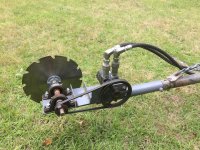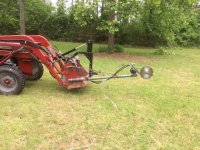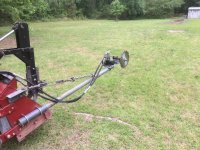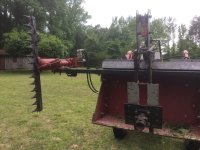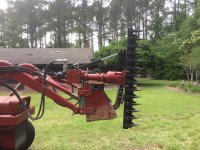I've nearly given up on a hydraulic saw for my firewood processor. It's just not feasible for the budget I wanted to spend on this project. I plan on going electric instead. If I was going to do what your trying to do I'd pull the spark plug out of the saw and pull the pull rope off the saw. I'd build an adapter to hook the motor on the crankshaft of the saw. The rpm would be far from optimal but I assume you only intended to cut a few limbs. For my project a circular saw wasn't a viable option due to the blade size needed. If you're only planning on cutting small limbs I'd use a cheap 12" miter saw blade.
For a stationary operation, electric would be an excellent choice. When possible, I have always preferred electric over other means. Years ago I converted my wood splitter with a 5 HP electric motor. It is clean, less maintenance problems and ALWAYS starts. It may not be portable, so what? I just bring the wood to it.
How are you planning to go electric?

